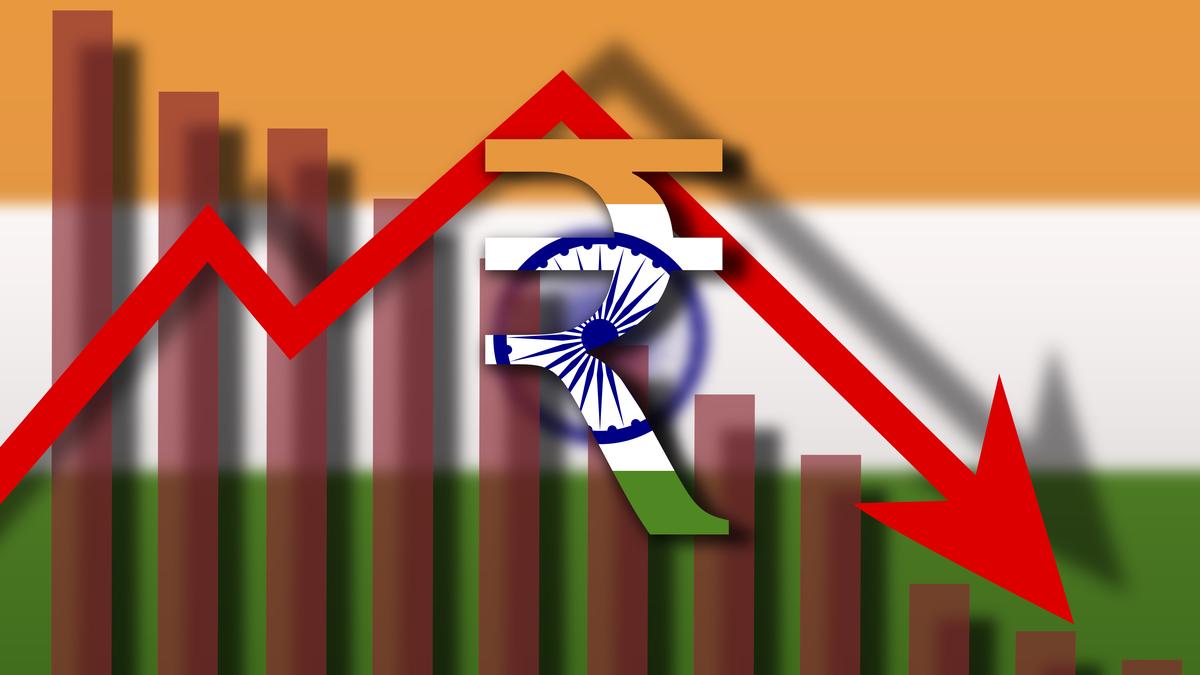ANALYSIS OF INDIA'S TRADE DEFICIT

- 23 Sep 2024
Overview of the Trade Deficit
India experienced a notable increase in its trade deficit during July and August 2024, primarily due to declining exports and rising imports. This trend is indicative of both domestic challenges and global economic conditions.
Understanding Trade Deficit
A trade deficit occurs when a country's imports surpass its exports, leading to a negative trade balance. While not inherently detrimental, sustained trade deficits can result in issues such as currency depreciation, rising national debt, and pressure on local industries.
Factors Influencing India's Trade Deficit
Several key elements have contributed to the widening of India’s trade deficit in recent months:
- Decline in Exports
- Oil Exports: A sharp decline was observed in petroleum exports, which dropped by 22.2% in July and 37.6% in August, influenced by both weakened global demand and falling oil prices.
- Gems & Jewellery: This sector saw a reduction exceeding 20% in exports during both months, adversely affecting overall trade performance.
- Pharmaceuticals and Electronics: These sectors also faced slower growth due to ongoing weak global demand.
- China's Economic Slowdown
- Exports to China, particularly in materials such as stone and iron ore, diminished as China grappled with internal economic challenges and reduced infrastructure spending, negatively impacting India's export revenue.
- Surge in Gold Imports
- August saw a record $10.1 billion in gold imports, more than doubling previous figures. This increase was driven by lowered import duties and heightened domestic demand for the festive season, significantly contributing to the trade deficit.
- Decline in Oil Imports
- On a more positive note, India’s oil import bill decreased by nearly a third due to falling global oil prices, marking the lowest petroleum trade deficit in three years. However, this reduction did not sufficiently counterbalance deficits in other areas.
Implications of the Trade Deficit
- Currency Depreciation: A growing trade deficit may exert downward pressure on the Indian rupee, making imports costlier and potentially worsening the deficit further, given India's heavy reliance on imported commodities.
- Impact on Economic Growth: Prolonged trade deficits can hinder economic growth by reflecting diminished export competitiveness and excessive reliance on imports.
- Foreign Exchange Reserves: While India’s foreign exchange reserves are currently robust, a sustained deficit could deplete these reserves, complicating efforts to stabilize the rupee in the future.
Long-term Challenges and Outlook
India's trade deficit is shaped by a mixture of global and domestic influences:
- Weak Global Demand: Economic sluggishness in developed markets, such as the U.S. and EU, reduces demand for Indian exports, particularly in pharmaceuticals and textiles.
- China’s Economic Issues: As China seeks to offload surplus goods, India may face increased competition from cheaper imports, which could challenge domestic industries.
- Trade Barriers and Regulations: New international trade policies, particularly in the EU regarding environmental standards, impose additional compliance burdens on Indian exporters.
Conclusion and Strategic Recommendations
While India's escalating trade deficit poses challenges, it is not an insurmountable issue. Policymakers need to adopt strategic measures to tackle underlying structural problems:
- Boosting Exports: Enhancing the competitiveness of export sectors through technological investment and market expansion is vital. Strengthening trade agreements can also improve market access.
- Reducing Non-essential Imports: Minimizing reliance on luxury imports, particularly gold, while promoting domestic manufacturing can help in balancing the trade deficit.
- Developing Domestic Industries: Fostering growth in sectors such as electronics and renewable energy will not only reduce import dependence but also enhance export capacity.
- Managing Currency and Debt: Careful management of the rupee's valuation and maintaining adequate foreign exchange reserves are crucial in mitigating trade deficit impacts.
Achieving the ambitious goal of $1 trillion in exports for both goods and services by 2030 is attainable but requires overcoming current global economic hurdles, adapting to new trade regulations, and building a self-sufficient economy. By strategically addressing these challenges, India can work toward reducing its trade deficit while maintaining economic growth.
